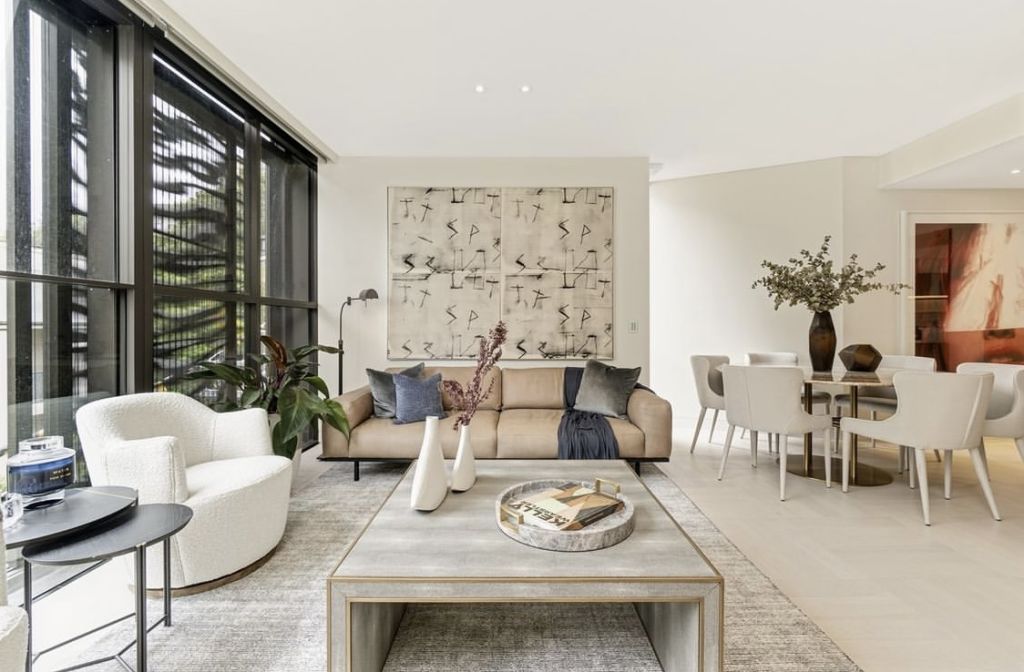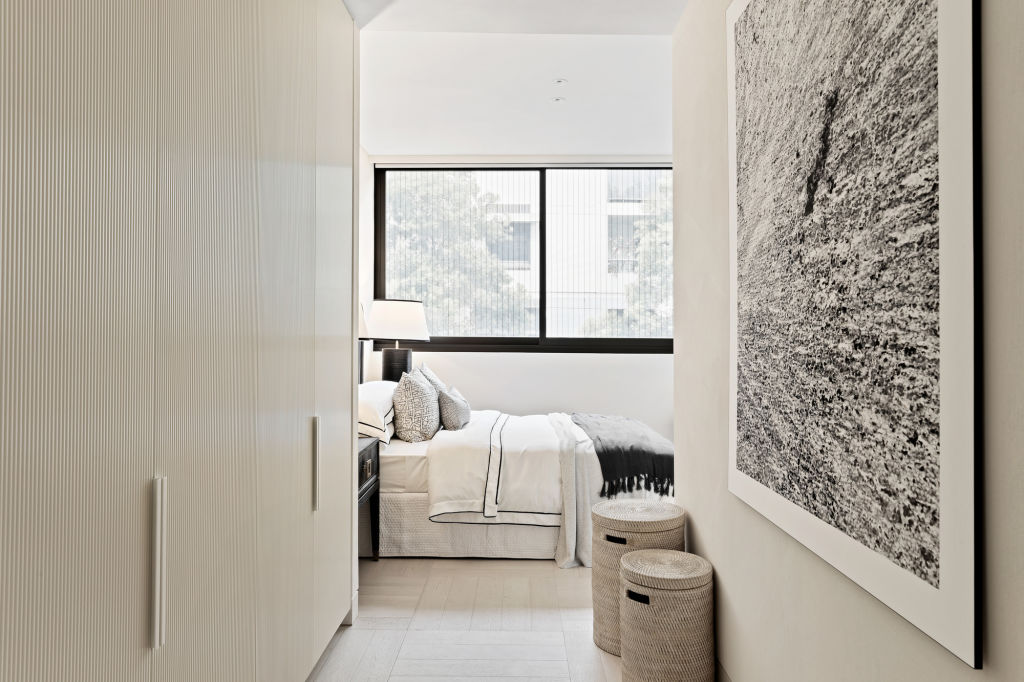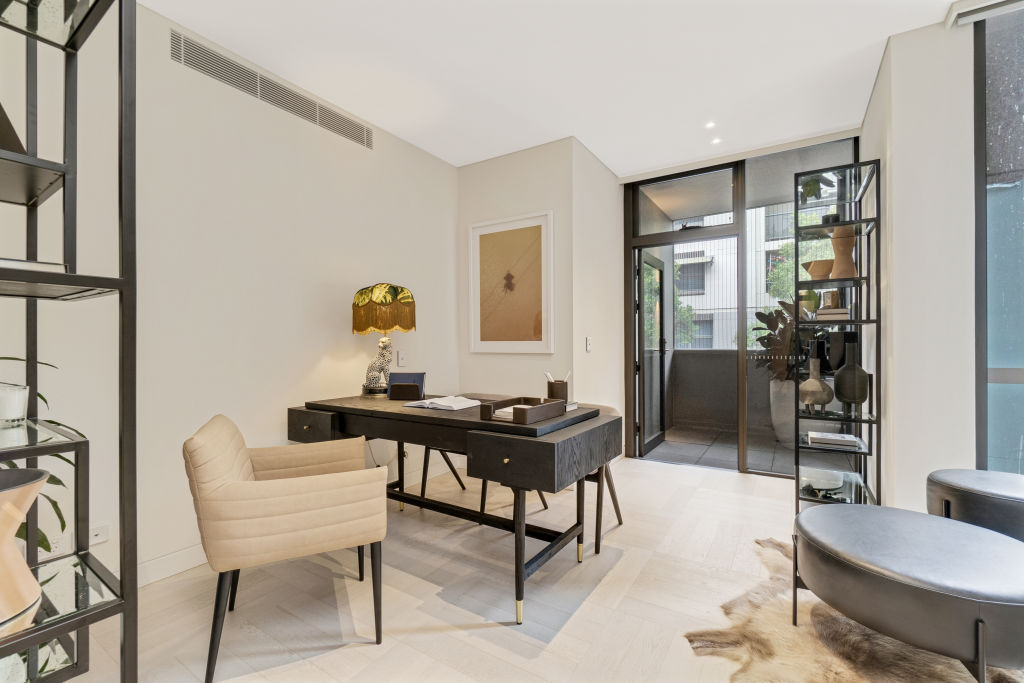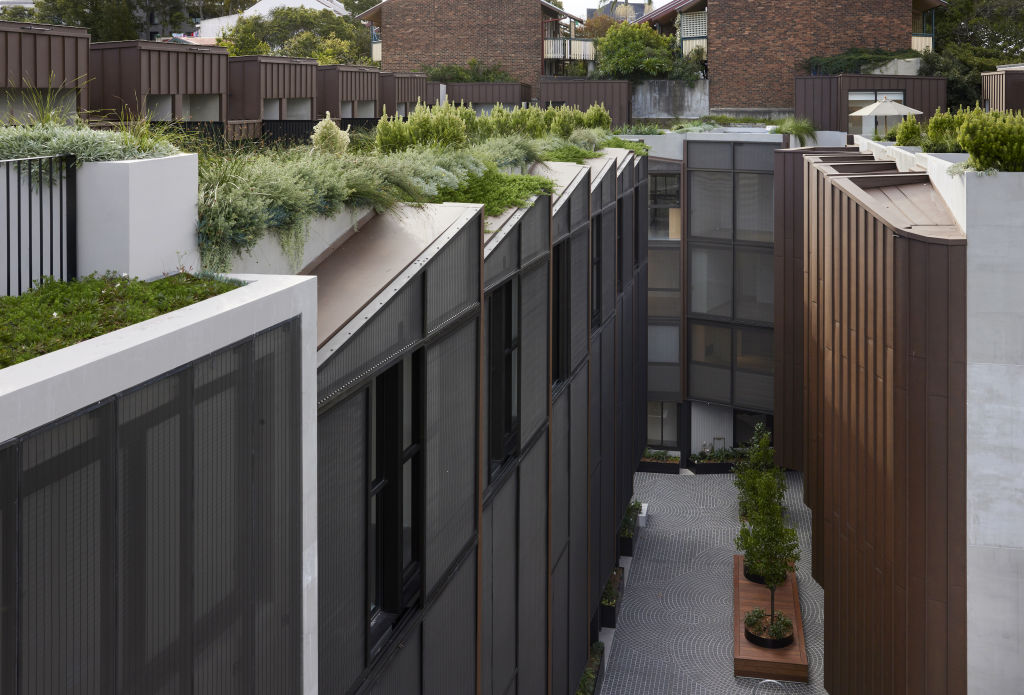The group currently has a development pipeline worth more than $2.5 billion, including their latest project, Balfour Place, which is a mixed-use development in Sydney’s Lindfield.
The Sydney headquartered Thirdi Group has a full pipeline for 2022, continuing their growth with a raft of new plans both in Australia and in the UK.
The group currently has a development pipeline worth more than $2.5 billion, including their latest project, Balfour Place, which is a mixed-use development in Sydney’s Lindfield.
In partnership with Phoenix Property Investors, Balfour Place is set to be built on the existing Coles supermarket site later this year, comprising 62 apartments, as well as space for specialty stores on the bottom levels.
The project is set to start its second stage of construction this year following development application amendments in 2021, which will deliver less impact on the wider community.
Another hot project for Thirdi is the Dairy Farmers Towers, part of the master-planned West End Precinct project that will see two architecturally designed buildings from renowned architectural firm CKMS created. Consisting of 190 one, two and three-bedroom apartments, the Dairy Farmers Towers, one of which will be Newcastle’s tallest residential tower, will begin construction toward the end of the year. Already over 50% of the apartments are already sold.
The group is also launching two large residential schemes in Newcastle, including its first Retirement Resort, The Merewether, a joint venture project with the Merewether Golf Club, which is set to comprise a new golf club, wellness centre and 148 luxury one, two- and three-bedroom apartments. The $200 million project, with construction slated to begin later this year, will be topped by 16 penthouses, each with a rooftop spa terrace and expansive views overlooking the golf course and towards Newcastle’s CBD and beaches.
Since launching, close to 50% of the apartments have been secured off the plan, making it one of the most successful retirement living launches ever seen in the Newcastle region.
The group is also working hard on investing in its iNSiTU Housing division and are on track to bring to fruition another 30 SDA properties which will make it one of Australia’s largest networks of SDA Housing along the eastern seaboard. Third.i currently has a number of properties established, under construction and in the pipeline with projects in Tweed Heads, Coffs Harbour, Port Macquarie, Newcastle, and Gosford in NSW as well as Townsville in QLD, with plans to expand their network along the east coast in 2022.
“We are aiming to change the future of disability housing by targeting the best towns/cities along the East Coast of Australia, making sure our SDA Housing is strategically located in the best part of the towns, close to transport, shops and amenity. Not only do we want to create the largest network of SDA Housing along the east coast of Australia, but we also want to ensure we have best properties possible for our iNSiTU clients and we are thrilled to continue this journey into the new year,” said Berry.
The international developers acquired their second major mixed-use development site in South London following their UK debut in Battersea in 2019, unveiling plans for ‘Graphite Square’, which is set to comprise 160 new homes with 7,432 sqm of collaborative work spaces for residents and local businesses.
“Not too many people would be aware, that we have been operating in London now for almost three years and are only weeks away from completing our first major project of close to 100 apartments in Battersea,” said Luke Berry, Director of Sales and Marketing at Third.i.
Designed by an international architectural firm, Ben Adams Architecture, with an industrial flare, Graphite Square will be connected by a central public realm that will enrich the area and provide communal space for locals.
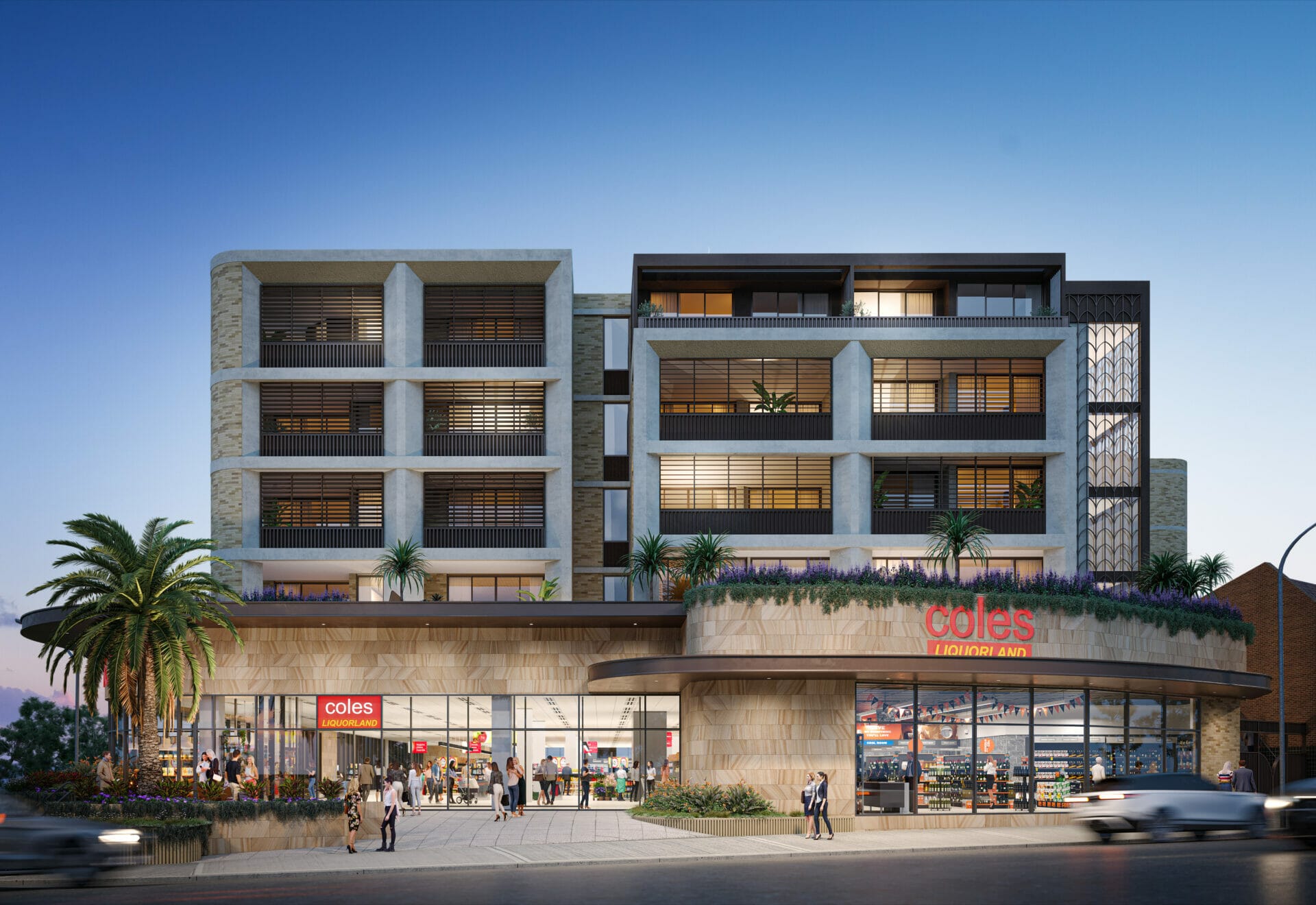
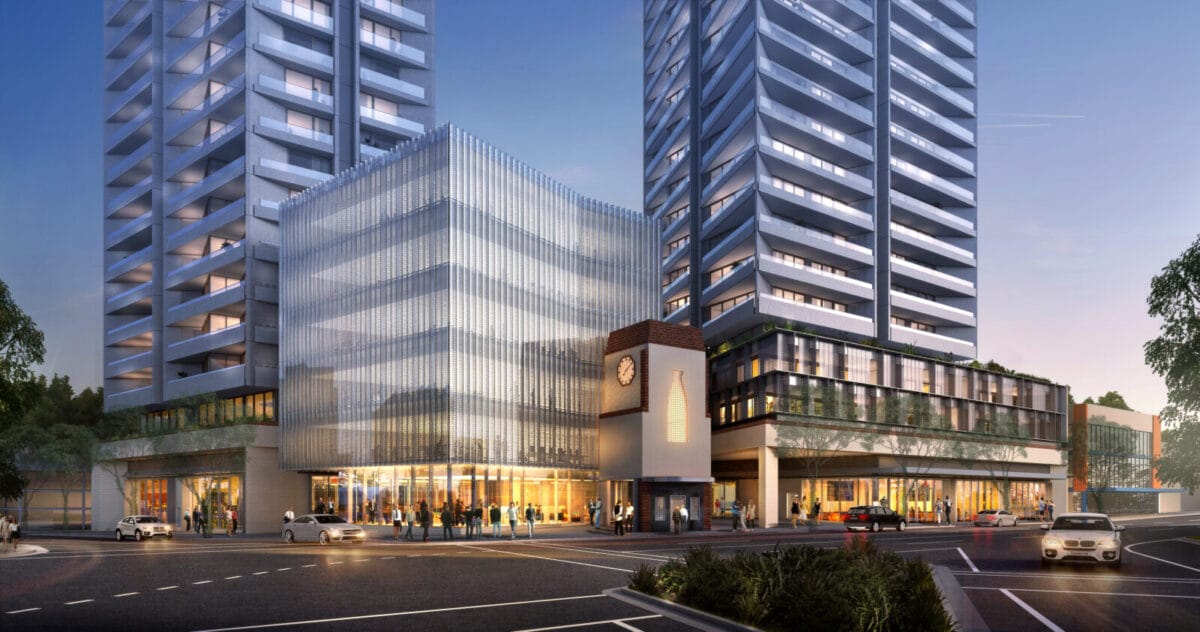
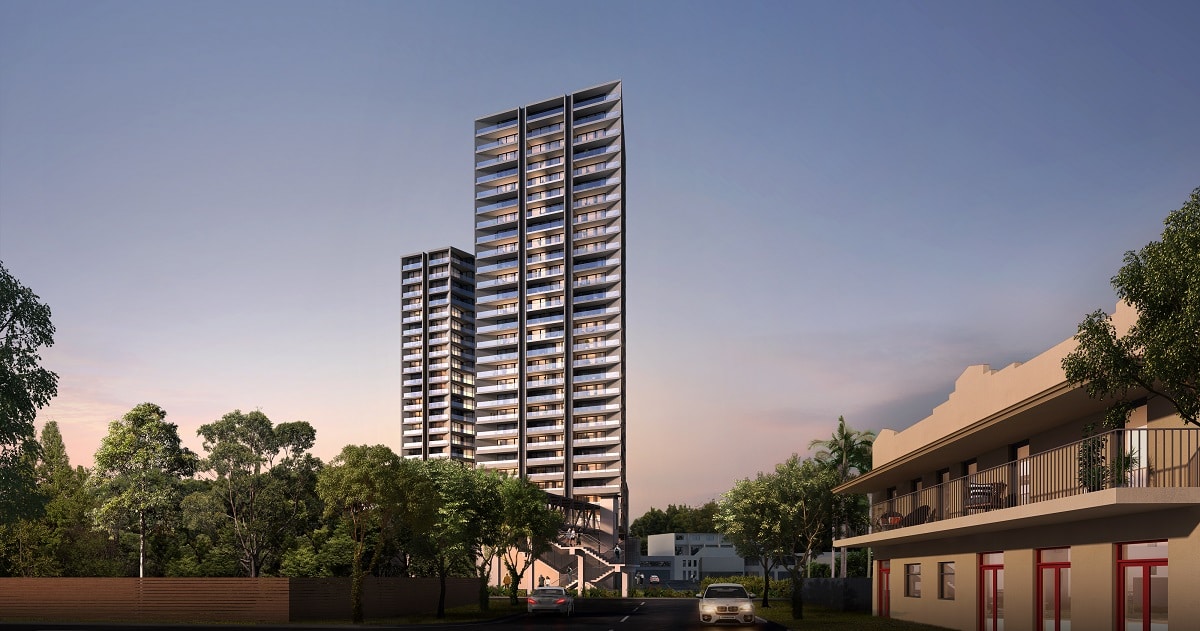
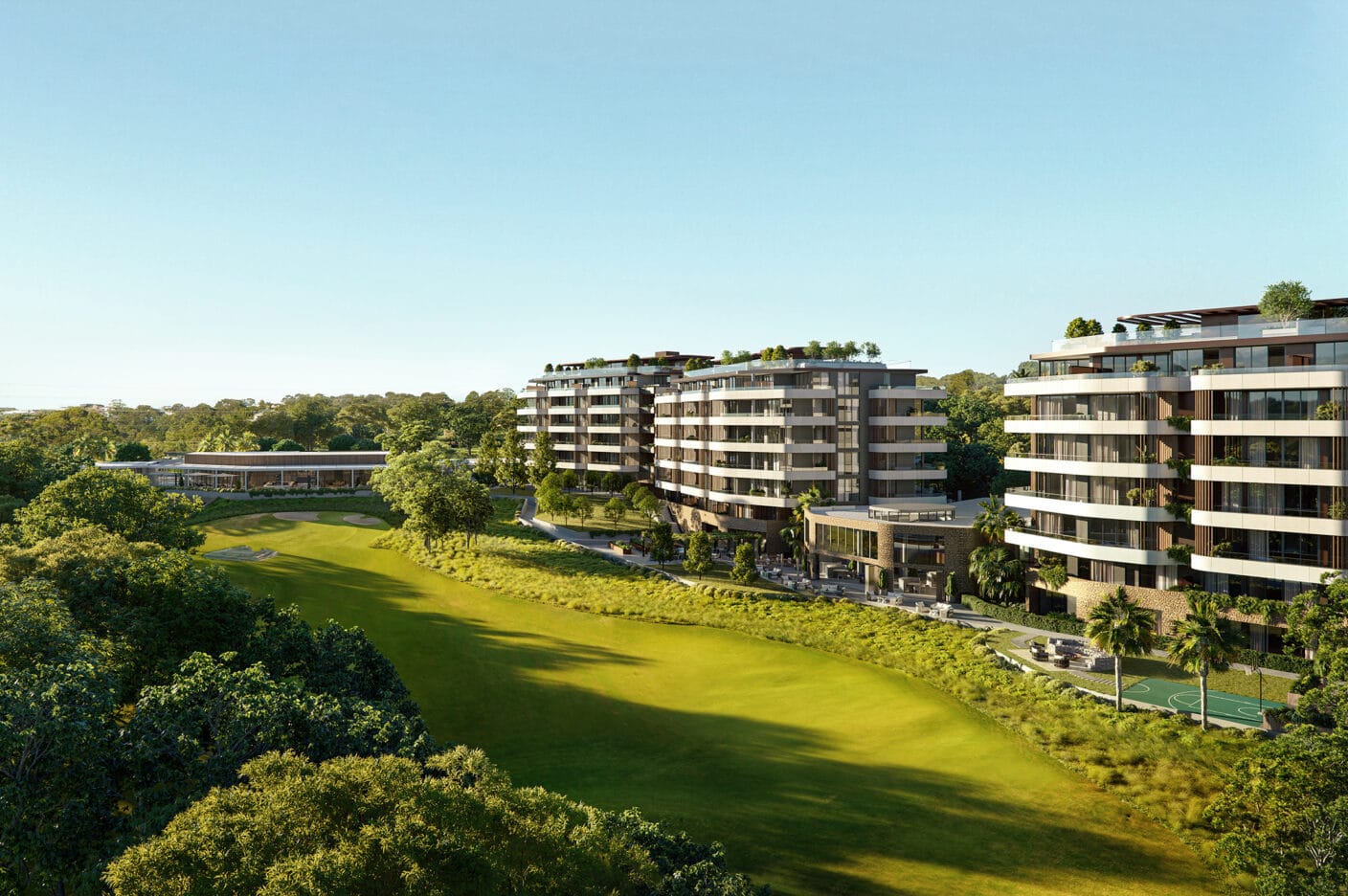



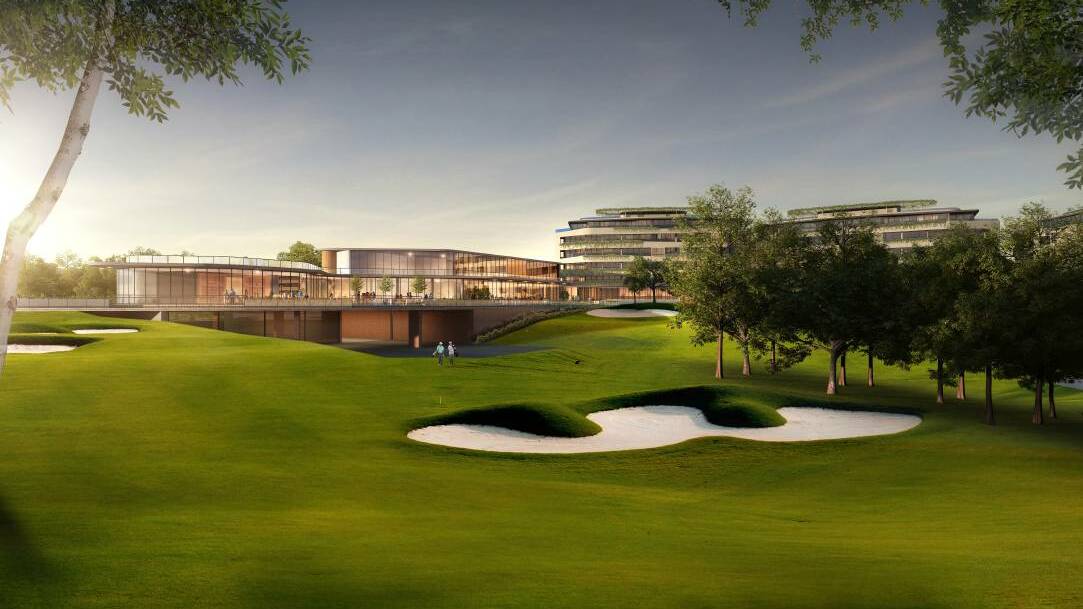


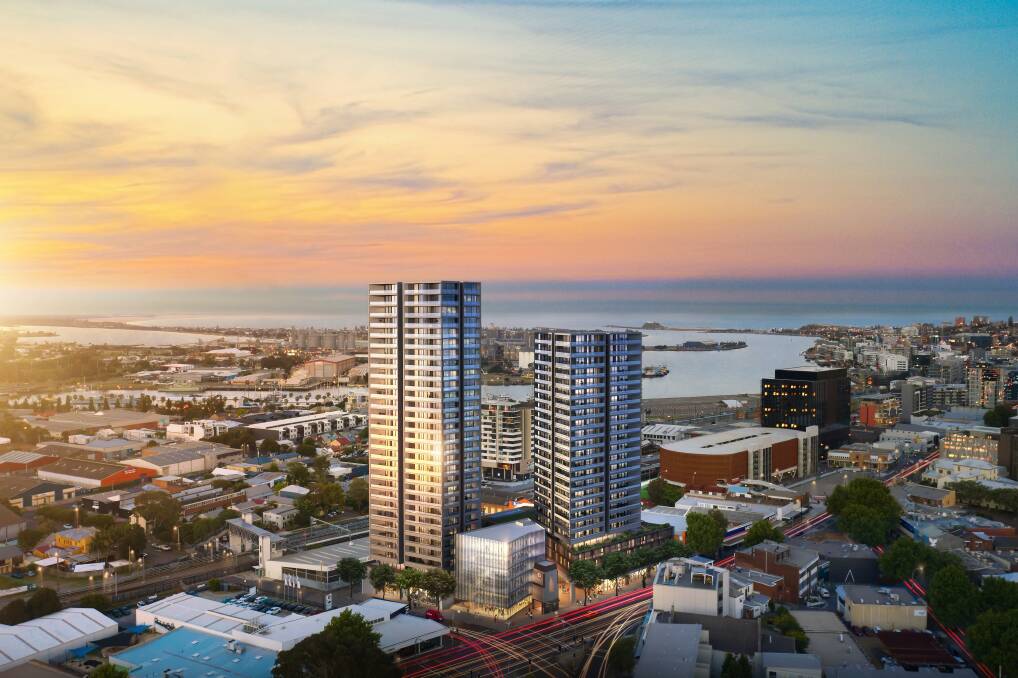




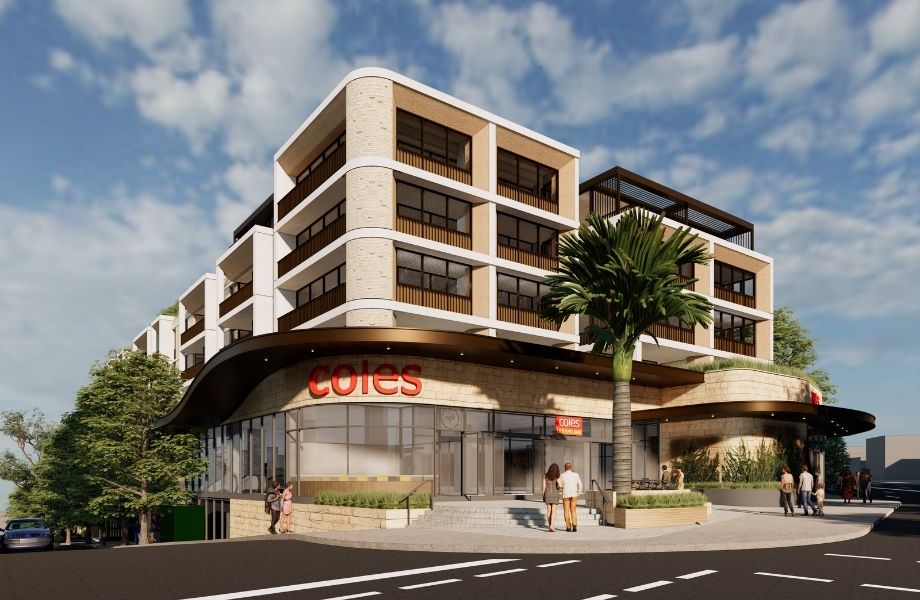
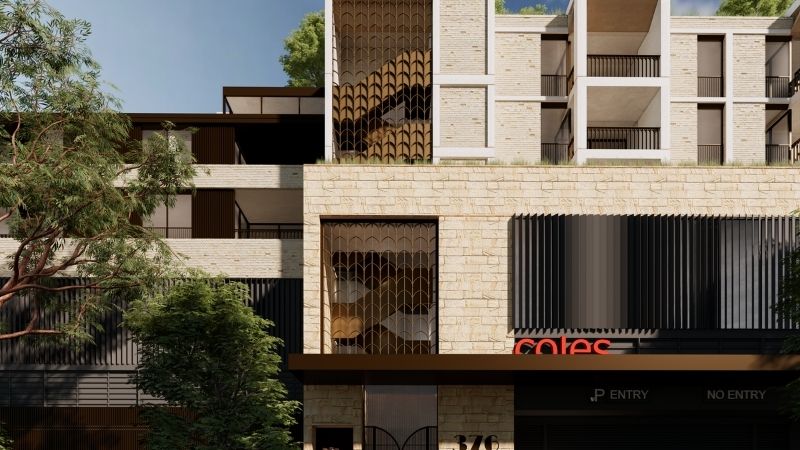 ▲ Research indicates “shop top” developments like Balfour Place achieved an average 16 per cent premium on prices compared to suburb averages.
▲ Research indicates “shop top” developments like Balfour Place achieved an average 16 per cent premium on prices compared to suburb averages.
